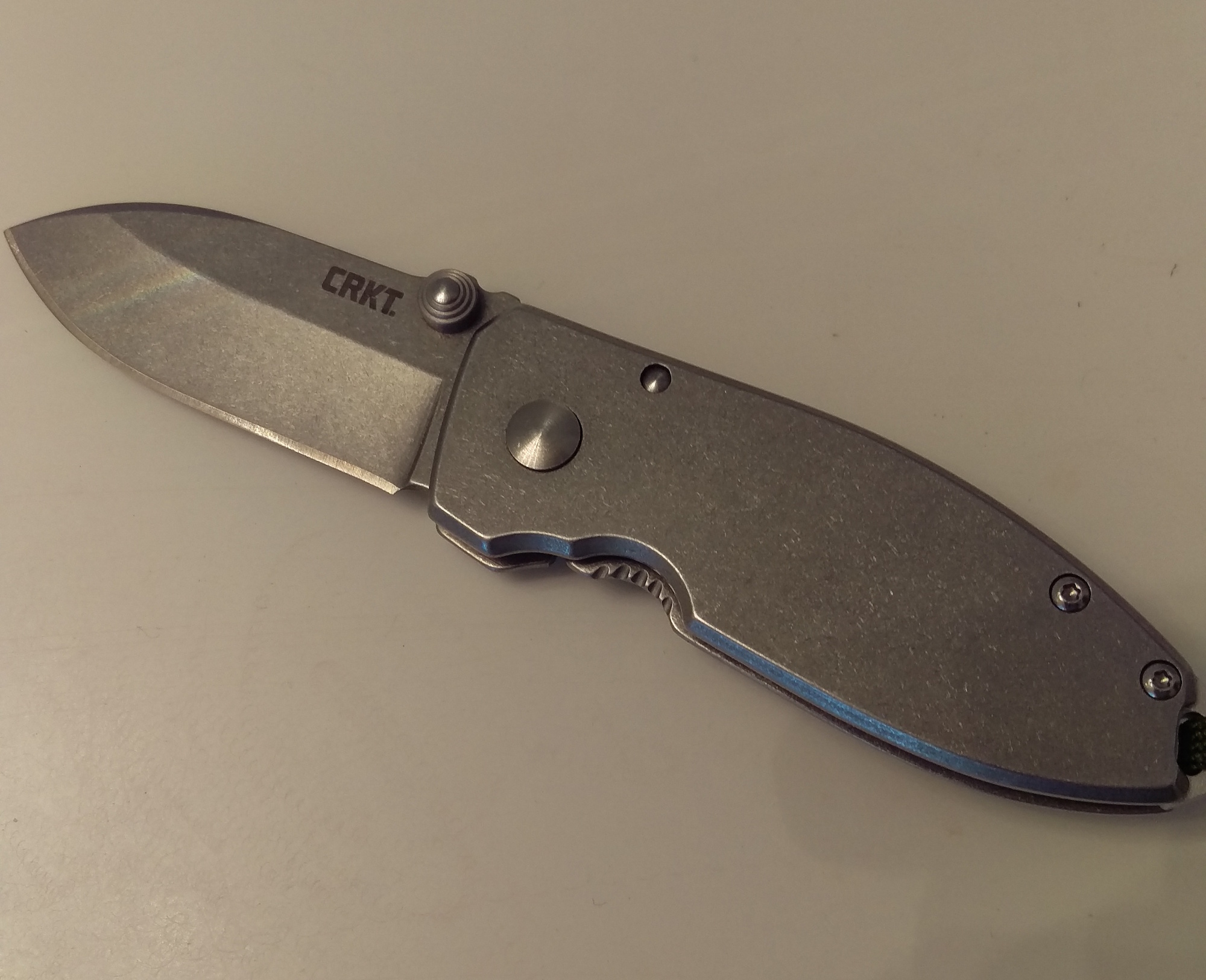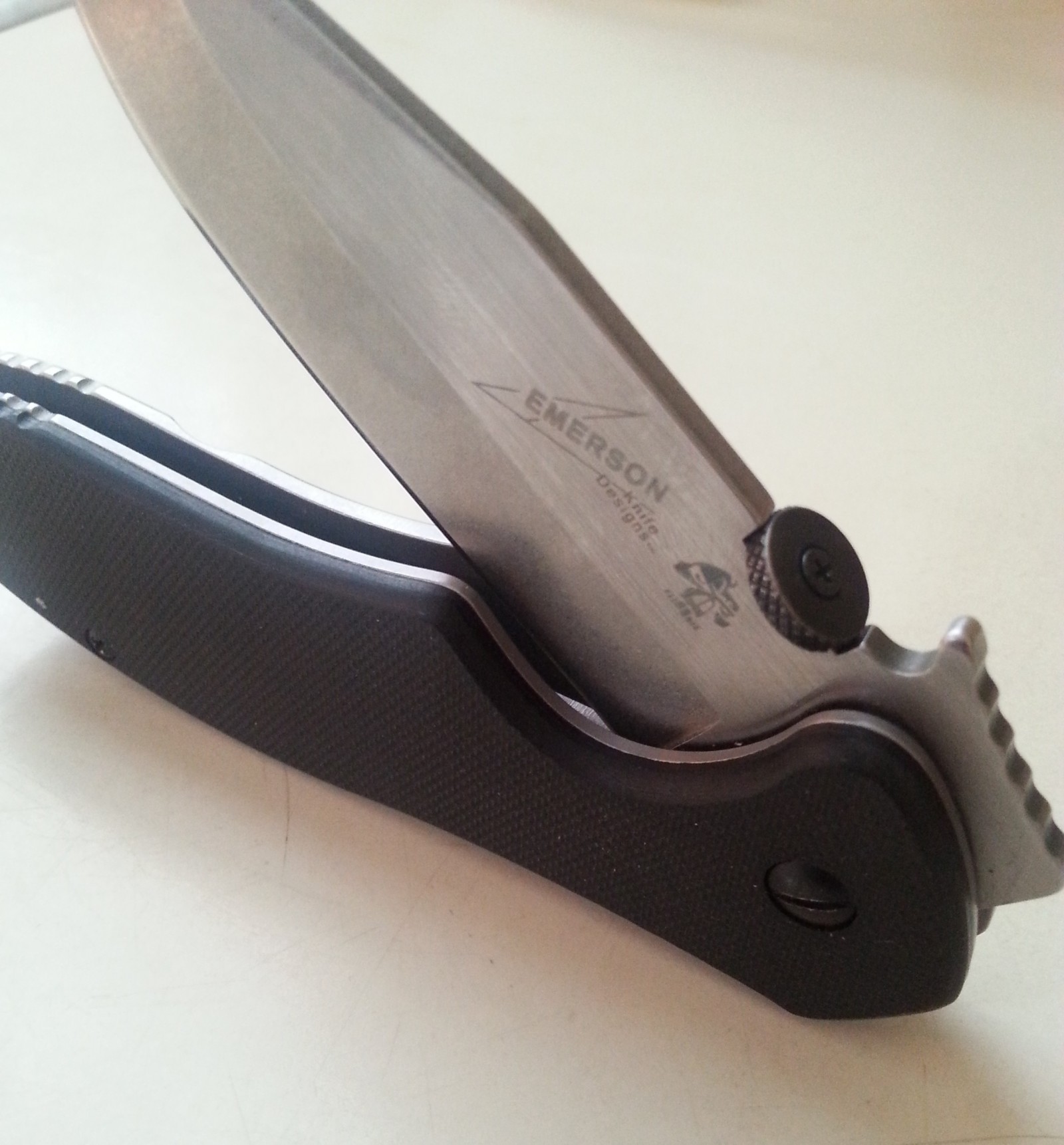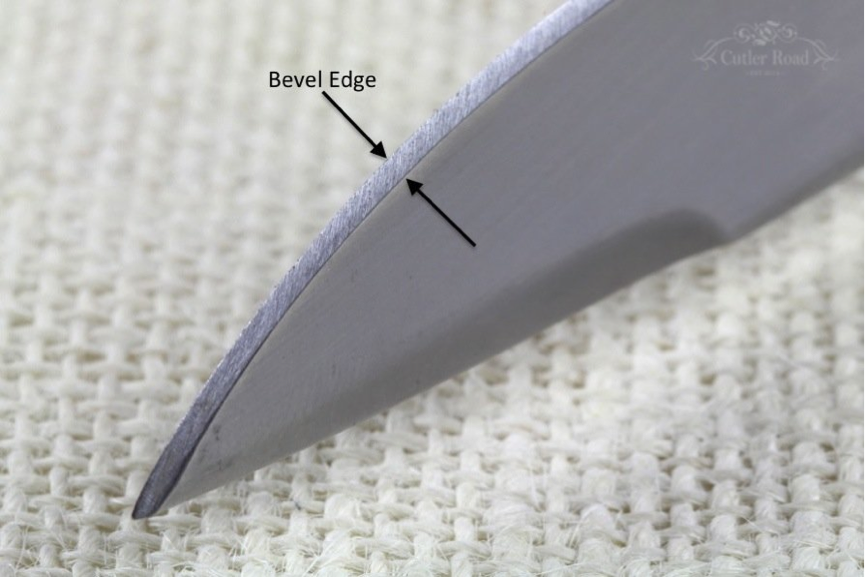If you’re in the market for a knife that will serve you in any situation, it’s not a subject to be taken lightly. The fact of the matter is, a good tactical knife can save your life in a myriad of ways.
Whether you’re looking for a knife for survival, self-defense, or any potential emergency, you need to take your time and find the right one for every day carry. The ideal tactical knife will be able to handle whatever you throw at it. It should have a strong blade that holds its edge and a solid handle.
However, that only just begins to cover the criteria. Keep reading for an in-depth look at how to choose the best tactical knife for your needs.
Concealability
One of the most important factors to consider when choosing a tactical knife is how you want to carry it. For example, if you’re looking for a knife to carry around town that’s relatively subtle if not entirely undetectable, your best bet is a pocket knife. This is especially important if you’re carrying the knife for self-defense, as the element of surprise is always a good thing to have on your side.
Alternatively, if you’re looking for a knife to serve you well in the bush (hunting, fishing, camping, general survival) then there’s nothing wrong with strapping a big fixed blade to your belt like this Ka-BAR Heavy-Duty Warthog. Some people carry it on their hip, others on their thigh.
Regardless, consider where and how you want to carry your knife, as well as whether or not you want anyone to know about it.
Size
Size is another vital component in choosing the right tactical knife for your needs. As stated above, if you plan to use your knife as a daily concealed carry, you’ll want to lean on the conservative side in terms of size.
A big, girthy knife could start to get uncomfortable. However, too small of a knife could be relatively useless in most scenarios. We recommend a minimum of 3.5 inches for blade size.
On the flip side, you can also end up buying a knife with too much size. While we all love the idea of carrying around a massive blade, keep practicality in mind, as with this Cold Steel Demko. Unless you’re talking about a machete, no one needs a two-foot-long tactical knife.
Folder or Fixed Blade
Now you need to decide if you want a folder or a fixed blade. Both have their pros and cons. Folders are easily concealable and more publically accepted, but fixed blades are stronger and more durable, such as the Schrade Frontier.
In terms of fixed tactical knives, we recommend looking for a full tang blade. That means there’s one solid piece of metal from the tip of the blade to the base of the handle. The handle is then fitted over the top of the tang.
In terms of tactical folders, you have several options:
Depending on where you live, some of these types of openers may be illegal.
Blade and Tip
Next, you need to consider what type of blade you want on your tactical knife. Both folders and fixed blades come with the same basic options.
First, do you want your knife to be a combo blade (partially serrated)? A serrated blade is your best option for cutting through softer materials such as fabrics, ropes, belts, and other flexible materials. However, it does decrease your total cutting edge and can be difficult to sharpen.
You also need to consider what type of tip you want your tactical knife to have. A tanto tip provides an incredible stong point for stabbing through touch objects but loses some of its slicing ability.
A gut hook is designed to help hunters skin wild game without damaging the internals like on this Damascus Steel Hunting Knife. A spear point is ideal for thrusting into soft targets. A drop point (one of the most common) is great for slicing and provide a strong tip.
Quality
One of the absolute essentials in picking out the right tactical knife is choosing one of high quality. A high-quality blade will be tough and hold it’s edge well.
For example, not all blade materials can withstand the same abuse. If you ever have to use your knife to pry something open, will it bend the blade or break the tip?
Pay attention to the grade of steel used in stainless steel knives to ensure you’re getting a strong blade. Typical carbon steel blades, as well as those infused with other metals such as chromium, can prove to be highly durable.
Quality is also important when it comes to picking out the right handle. Regardless of if you’re looking at fixed blades or folders, the handle needs to fit firmly in your hand (people are often surprised how easily a knife gets knocked out of their hands in a fight or other emergency situation).
The handle also needs to be tough and durable, after all a good blade nearly useless without a handle.
Extras
Finally, when looking for a tactical knife, pay attention to any of the perks that come along with it. For example, if you’re choosing a field or survival knife, what type of sheath does it have, will it hold up to snagging on trees and being dragged through the mud?
Additionally, does the survival knife come with any extras? A sharpener on the back of the sheath can give you a sharp edge in the field. A flint and steel combo can help you light fires.
For example, the United Cutlery Bushmaster Survival Knife comes with matches, a small compass, an animal snare, snakebite kit, and even a flashlight. Though, these knives with hollow handles for storage obviously don’t have full tang blades, which may be a negative aspect in your mind.
Looking for a Tactical Knife?
If you’re in the market for a new tactical knife, we personally recommend the Gerber Propel Automatic Knife, the Smith and Wesson Spec Ops Bayonet, or the CRKT Desert Big Dog.
We also have a massive inventory with everything from hunting knives to every type of folder imaginable. For ultimate survivor mode, check out our Zombie Apocalypse Survival Knife collection.
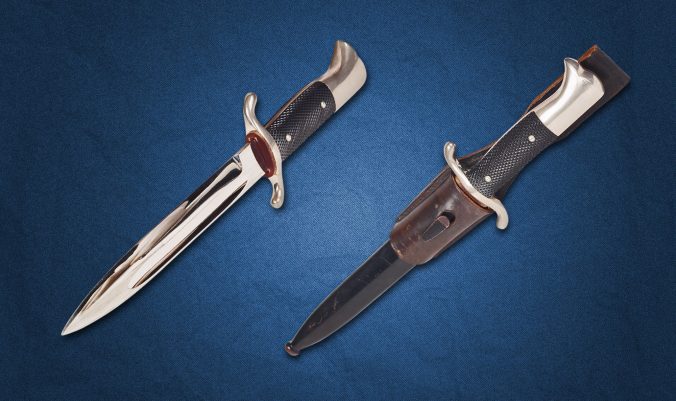
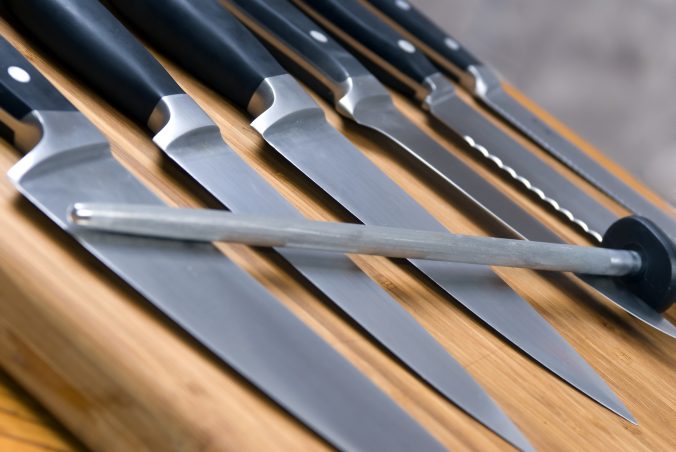
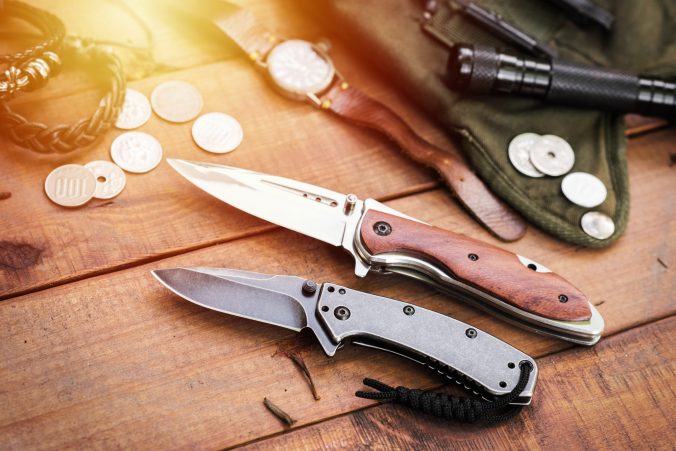
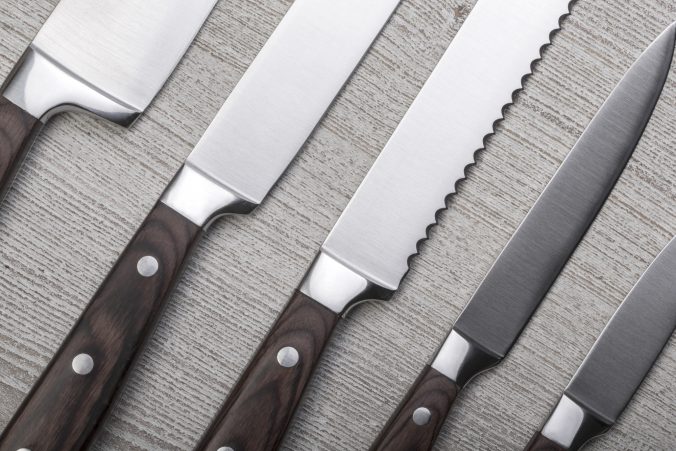
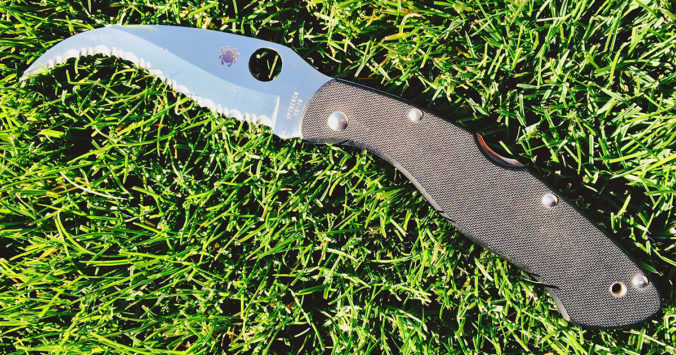
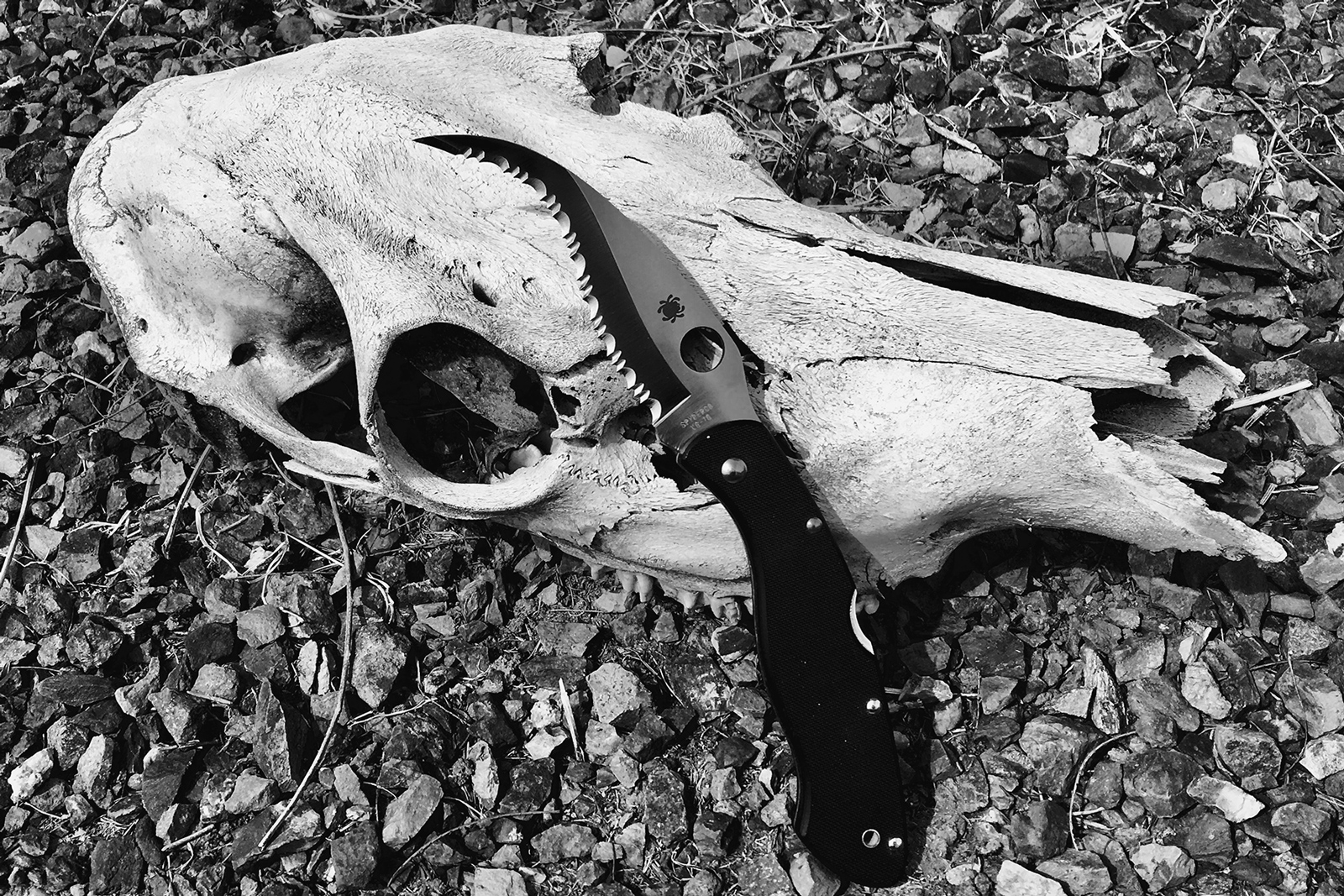
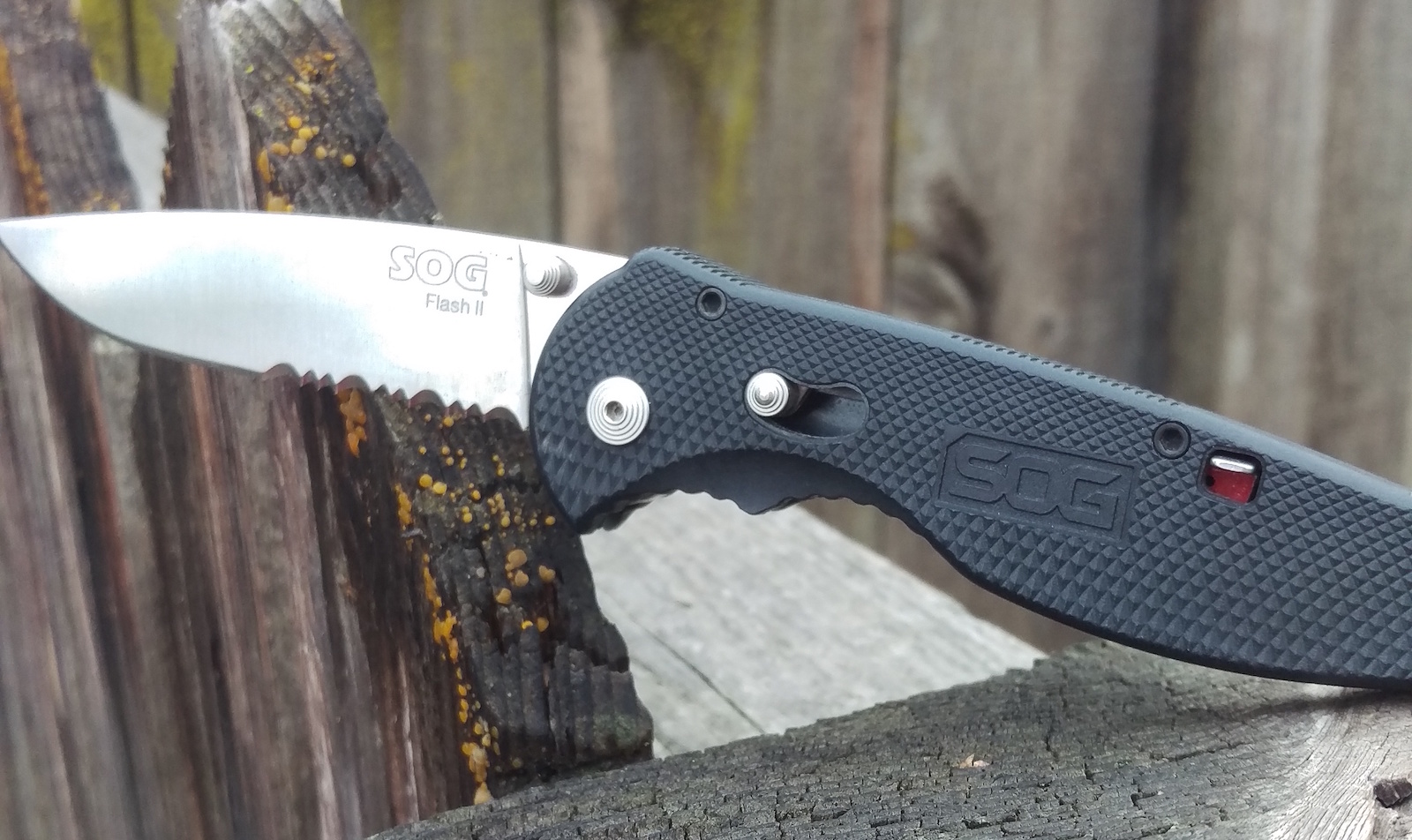
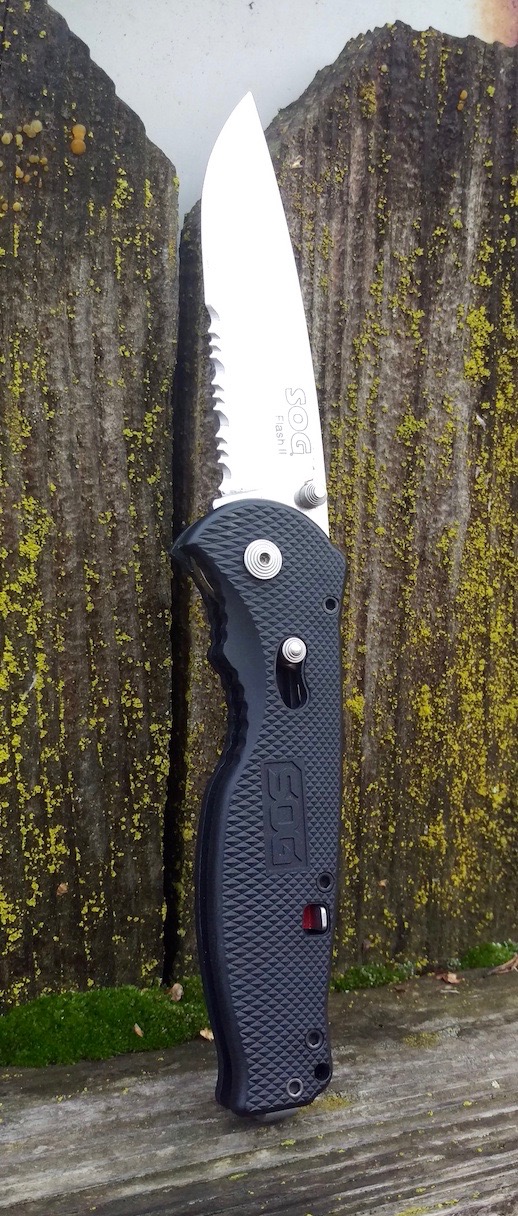 Many in the knife world claim the Flash II to be lame, cheap, or something only a novice would carry, but I’ve been trying to challenge those opinions head on. Despite some of the opinions about this knife, I believe the SOG Flash II is the perfect knife for getting shit done.
Many in the knife world claim the Flash II to be lame, cheap, or something only a novice would carry, but I’ve been trying to challenge those opinions head on. Despite some of the opinions about this knife, I believe the SOG Flash II is the perfect knife for getting shit done.